Food Photography
Food photography is a genre of commercial photography that makes food look appetizing for the camera. It is not just photographs of food. It has its own vocabulary and conventions.
Inspiration
Other Inspiration
- Jennifer Causey https://www.michelekarpe.com/Jennifer-Causey/Food/1
- Kana Okada https://www.michelekarpe.com/Kana-Okada/Food/1
- Marcus Nilsson https://www.marcusnilsson.com/
- Quentin Bacon http://www.quentinbacon.com/#/food/
Food Photography Basics
Angle of View:
The two main angles of view used in food photography are: overhead and three-quarter view which is between eye level and overhead.
Depth of Field
If a three-quarter view is used, often shallow depth of field is also used to bring attention to the food itself.
Depth of Field-The distance between the nearest and farthest points that appear in acceptably sharp focus in a photograph. Depth of field can be shallow or extensive. While the term includes the word depth, depth of field refers to focus.
How to control depth of field
These four factors control depth of field:
- lens aperture
- focal length
- camera-to-subject distance
- sensor size.
Aperture is the size of the opening that allows light to hit the camera’s sensor when the photograph is taken.
- Aperture values are expressed in numbers called f-stops. A smaller f-stop number means more light is coming into the camera and will create shallow depth of field. A larger f-stop number will let less light into the camera and create extensive depth of field.
- The full stops for aperture are: F2, f28, f4, f5.6, f8, f11, f16, f22, f32
- Cameraphones have a fixed aperture.
Focal Length is the distance from where the light converges in the lens to the sensor. If it is a short distance then the lens is a wide angle lens and shows a lot of the scene. If it is a long distance, the lens is a telephoto lens and it magnifies the scene. Wide angle lenses create extensive depth of field while telephoto lenses create shallow depth of field.
Camera-to-subject distance is how far the subject is from the camera. If everything is far from the camera, it is easier to achieve extensive depth of field. If the main subject is very close to the camera and the background elements are far from the camera, it is easier to achieve shallow depth of field.
Sensor size-the smaller the sensor the easier it is to achieve extensive depth of field. Bigger sensors allow for shallow depth of field.
Bokeh-Bokeh comes from the Japanese word boke (ボケ), which means “blur” or “haze”, or boke-aji, the “blur quality.” Bokeh is pronounced BOH-Kə or BOH-kay.
— From http://www.nikonusa.com/en/learn-and-explore/article/h0ndz86v/bokeh-for-beginners.html
Light Quality
Direct light-all comes from one direction and makes clear crisp shadows. Sunlight is an example of direct or hard light.
Diffused light– comes from many directions and makes soft shadows. The light on a cloudy day is an example of diffused or soft light.
In food photography, there is a main light. It is usually a side or a back light.
The main light casts the shadows.
The fill light brightens shadows. Often instead of a second light or the fill, we use a reflector opposite the main light to bounce the light into the shadows.
Distance
The distance between the light source and the subject will allow you to control how it looks. This is such an important factor because of the Inverse Square Law.
The Inverse Square Law states that the intensity of the illumination changes in inverse proportion to the square of the distance from the source.
Translation: The light’s brightness drops much faster closer to the light source than further away.
Generally, when working with a clamp light as the main light, set the main light a bit further from the subject to spread out the light. Hold or fasten the diffuser in front of the light. The farther in front of the light the diffusion is set, the softer the light will be.
Set up the white reflector as close to the food as possible and not have it in the frame.
Resource
Quiz Questions
- What is the role of the main light?
- What is the role of the fill light?
- What is the function of a diffusion panel? How does how you position it change how much it diffuses the light?
- What is the function of a reflector? How does how you position it change how much it reflects the light?
Lab Exercises
Homework
Quiz 1
There will be a quiz next week on March 22. It will be worth 4 pts. It will consist of three technical questions and a compare and contrast paragraph essay.
The topics will be: composition, shutter speed, freezing and blurring motion, long exposures, when to use a tripod, light quality, light direction, depth of field, food photography as a genre, role of the main light and the fill light.



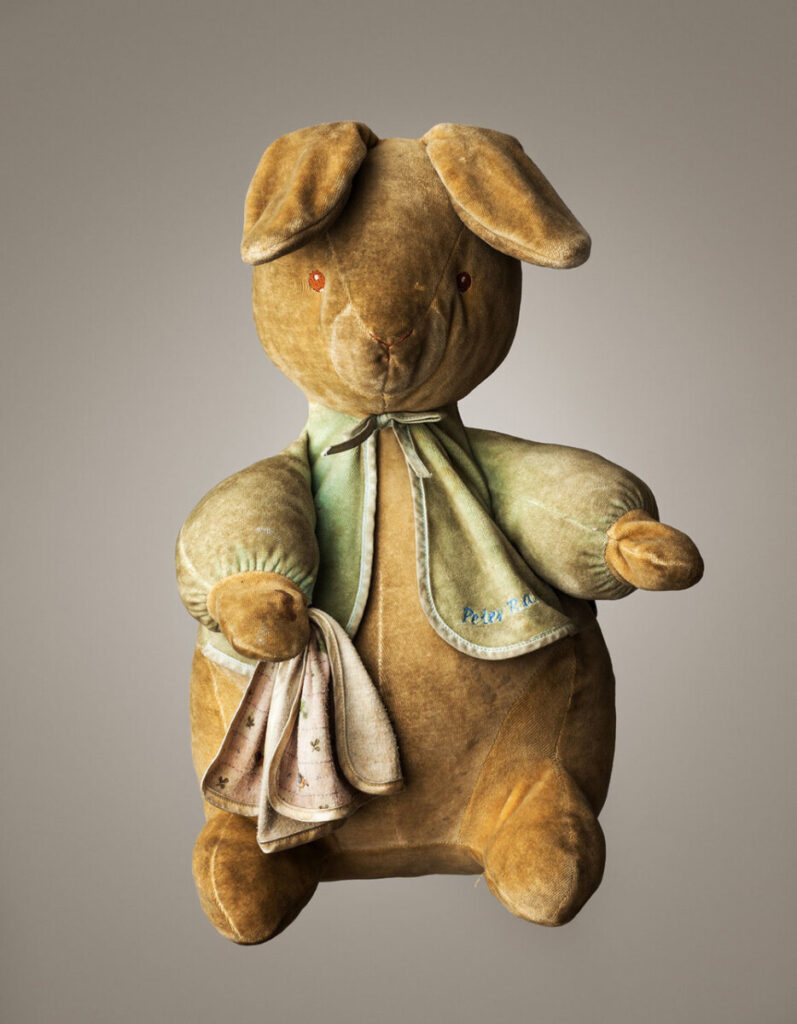
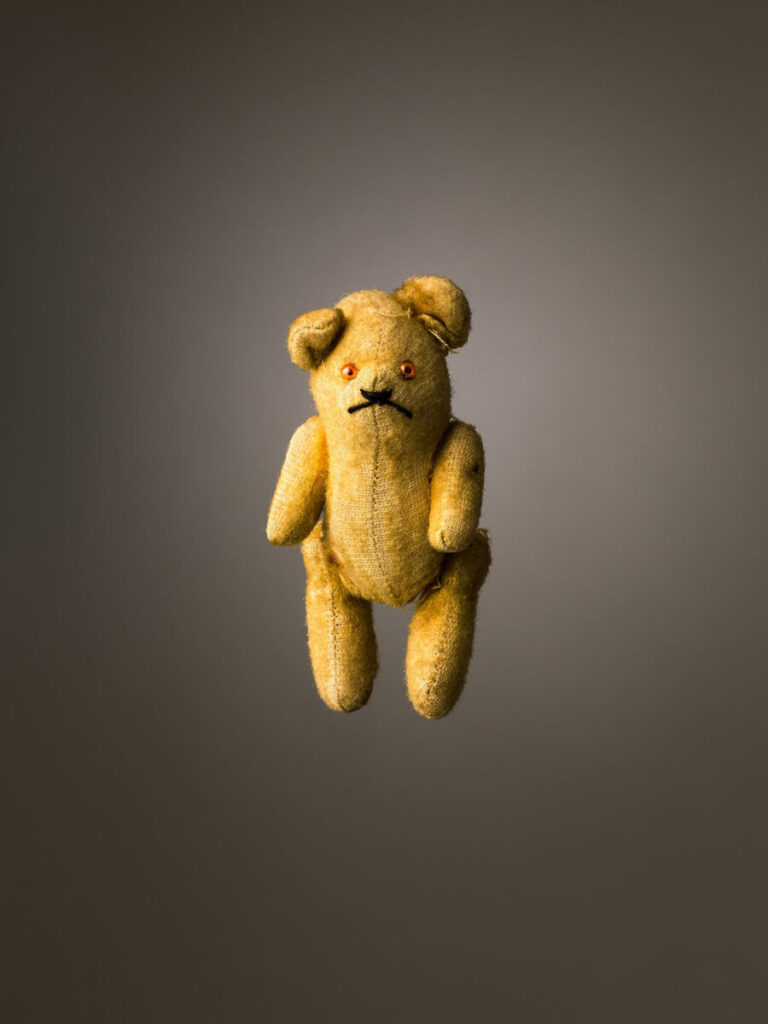
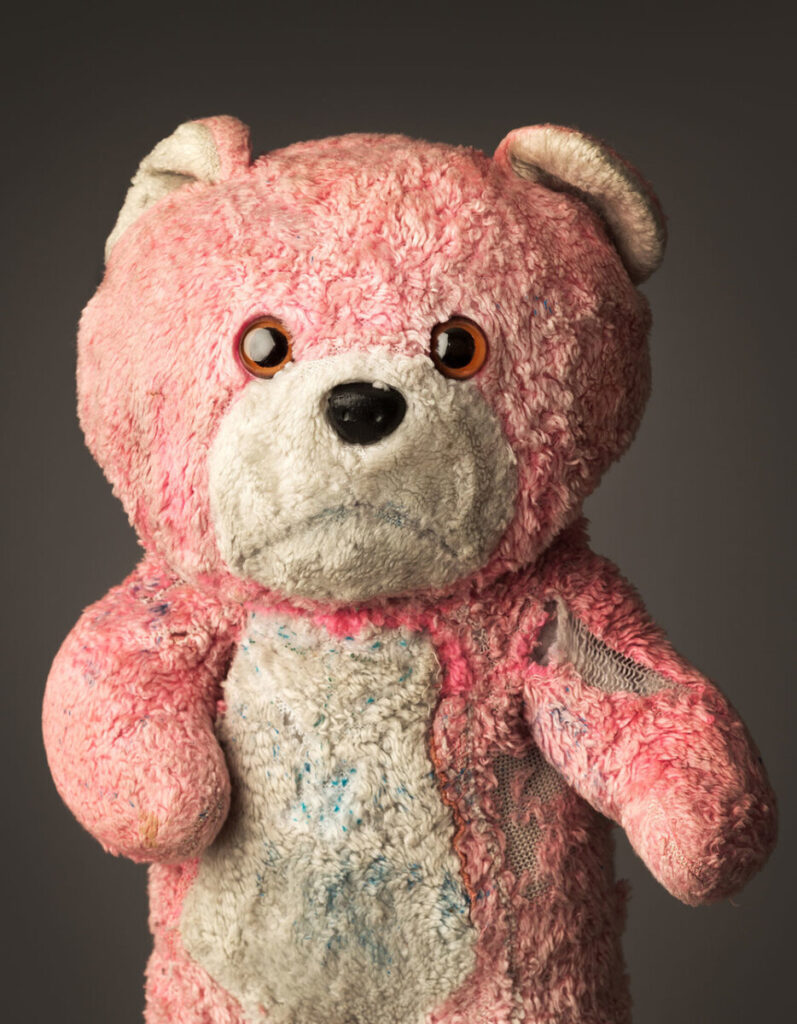
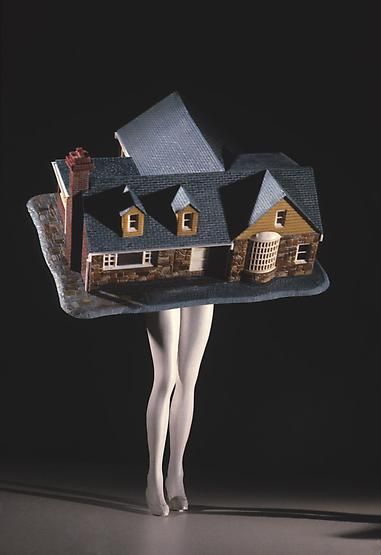
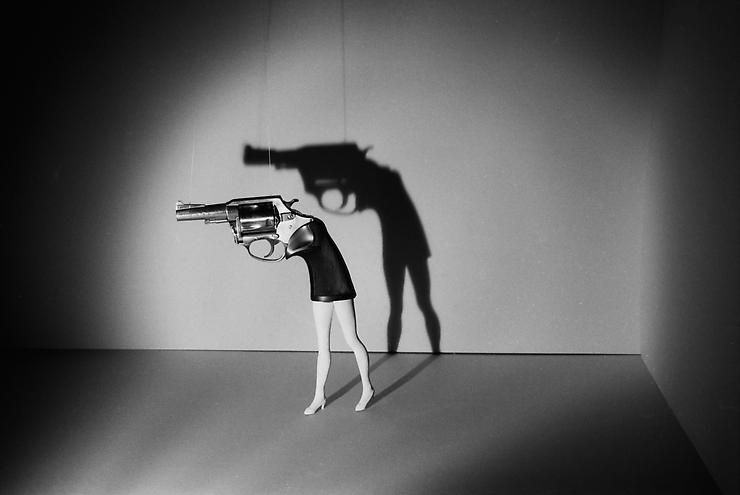
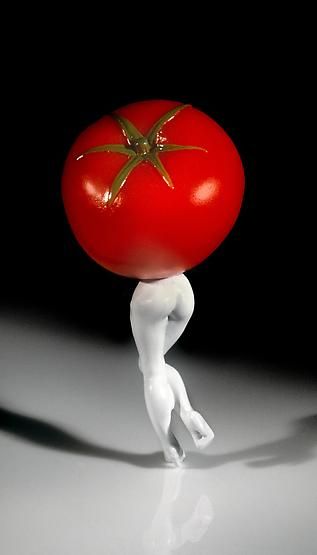
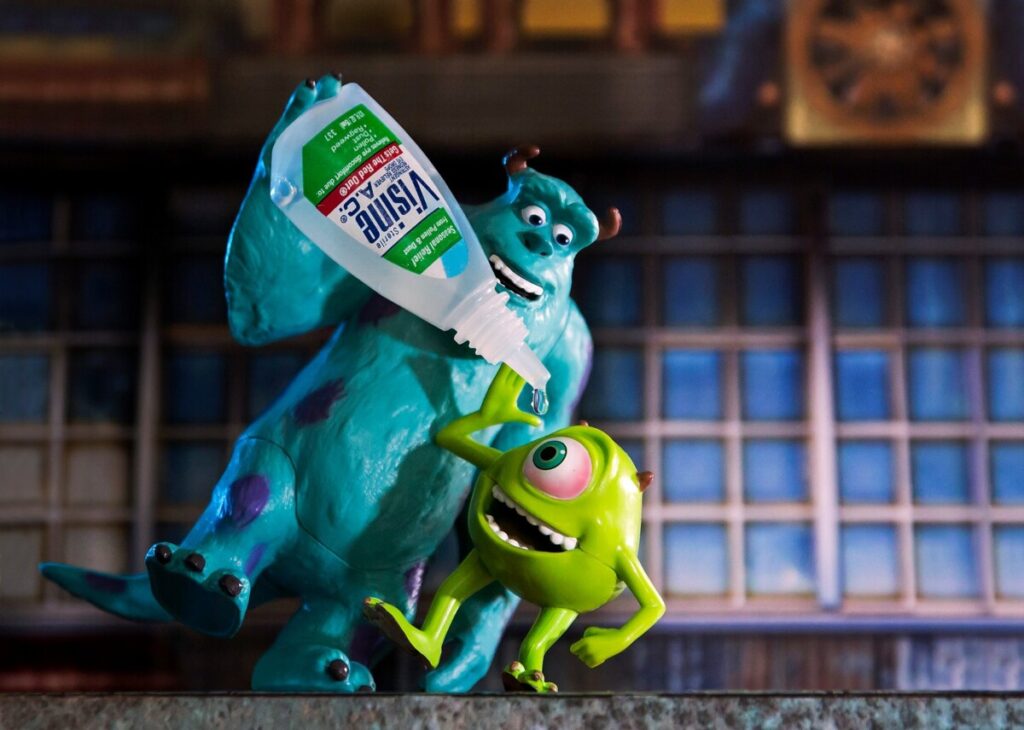
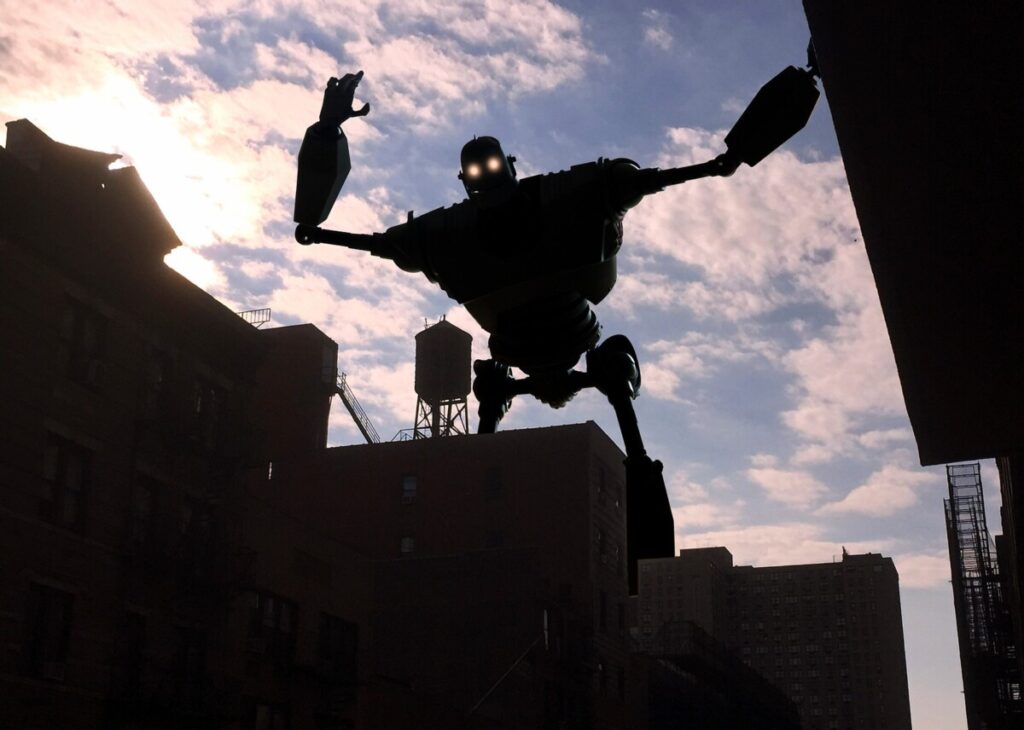
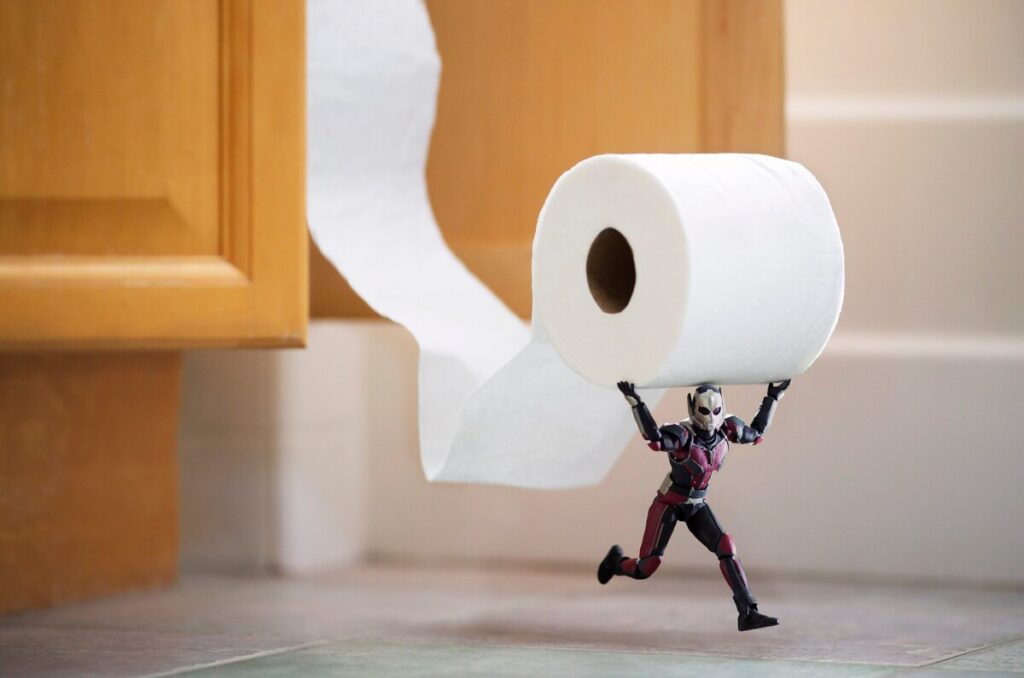
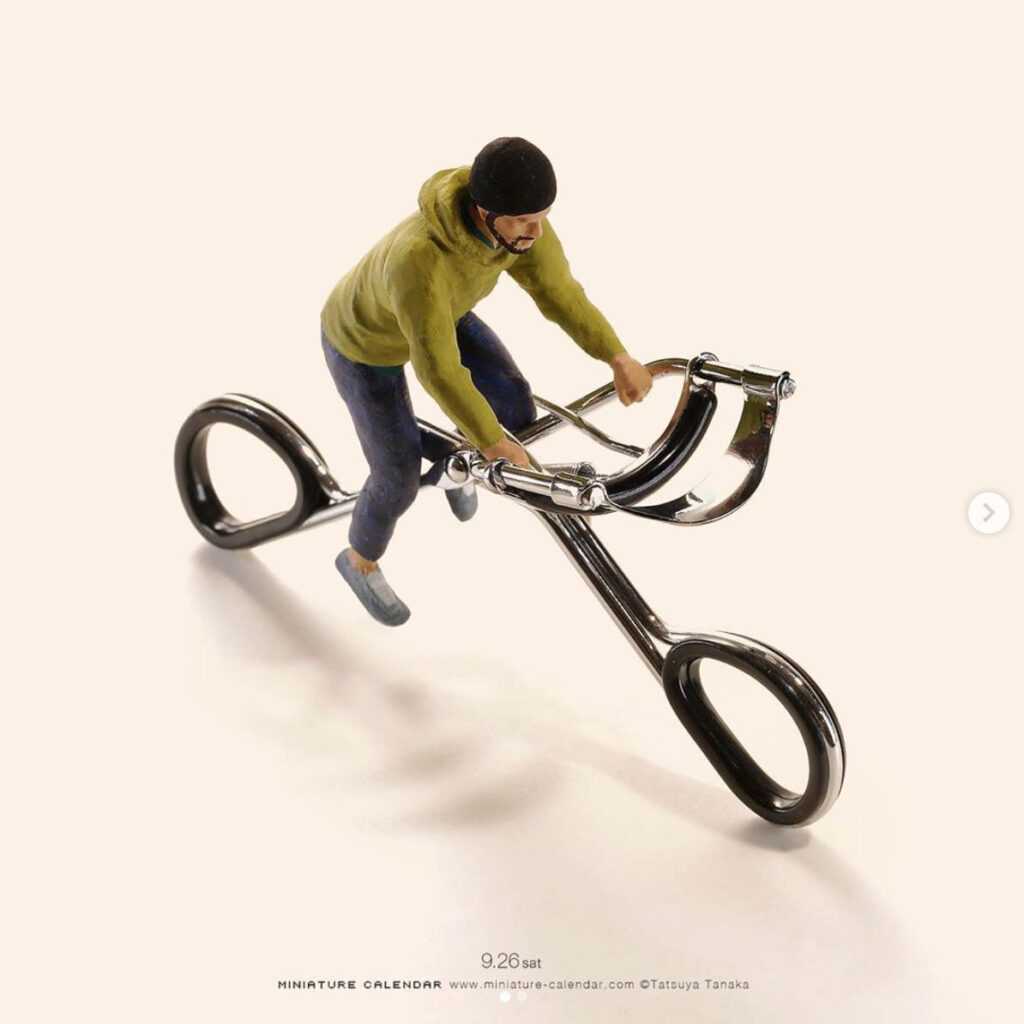
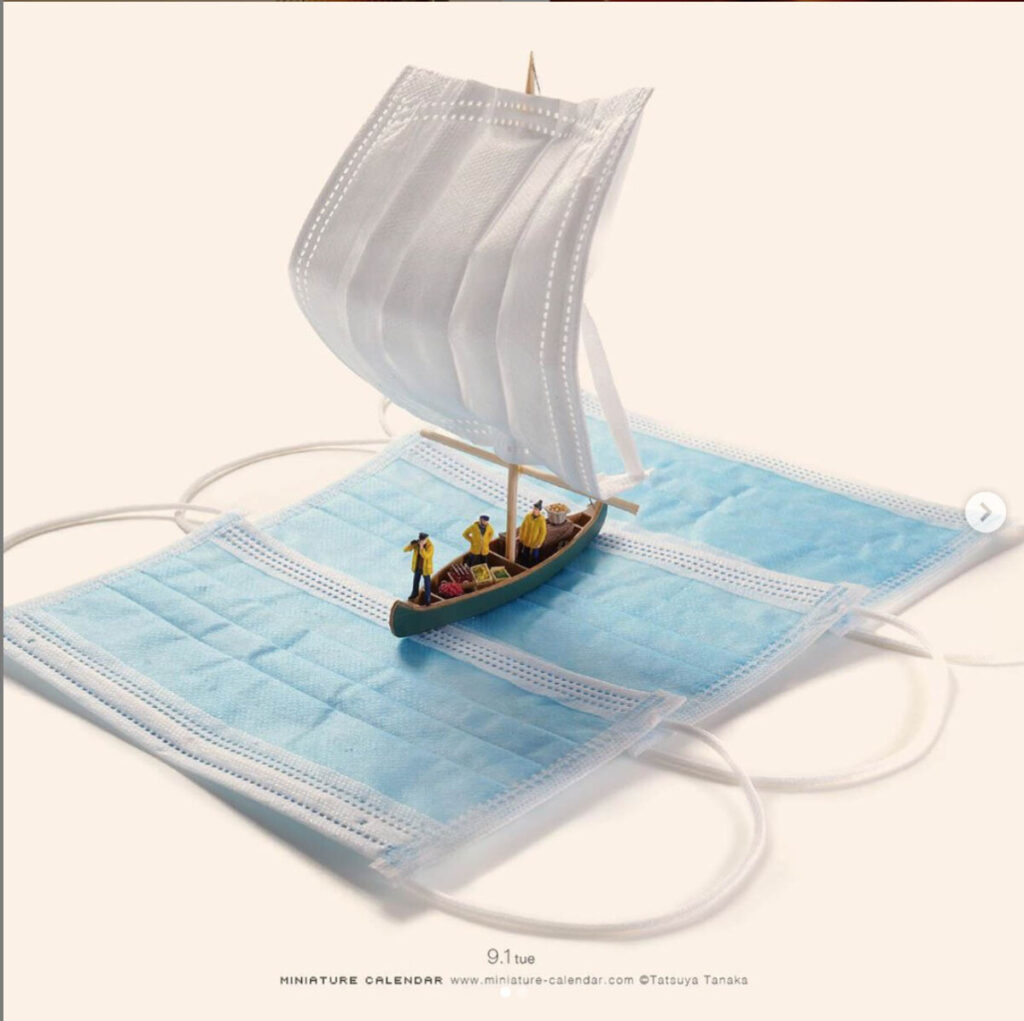
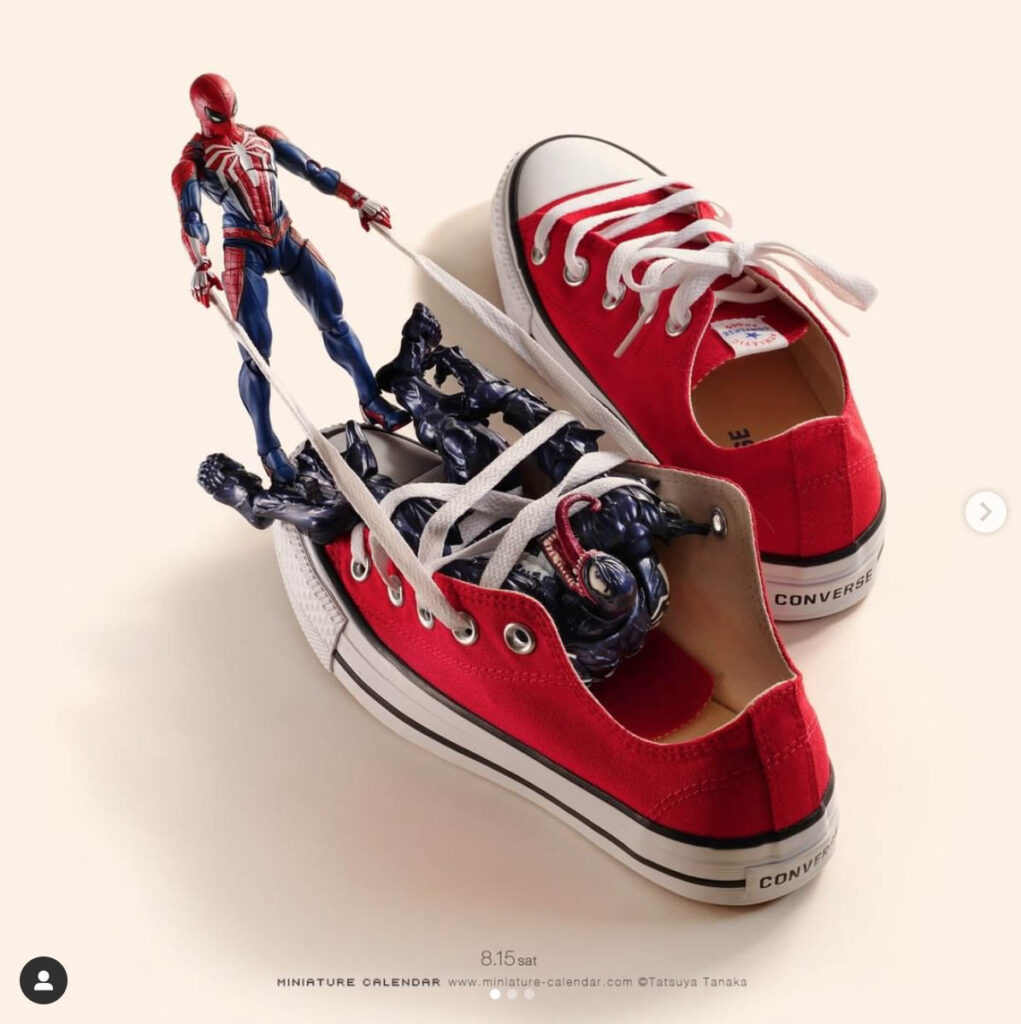

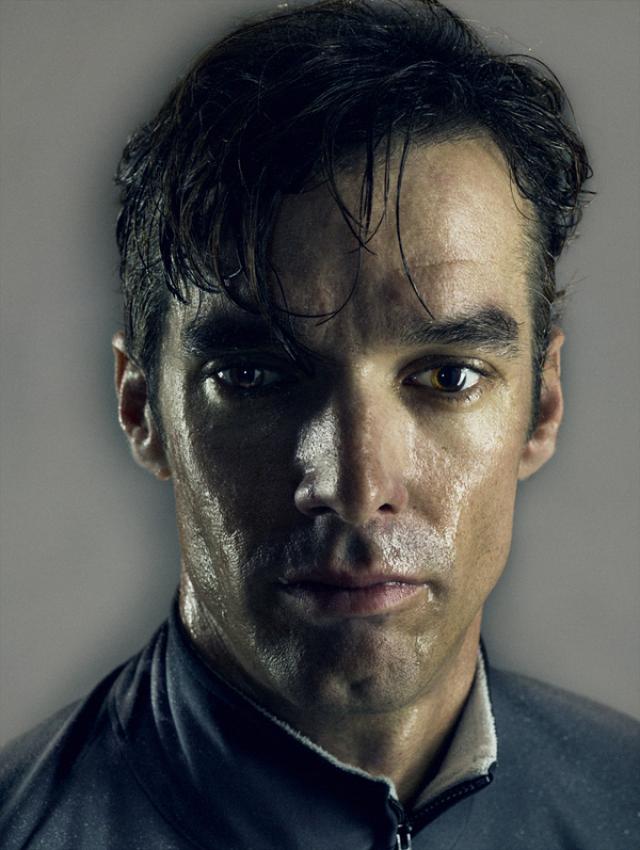
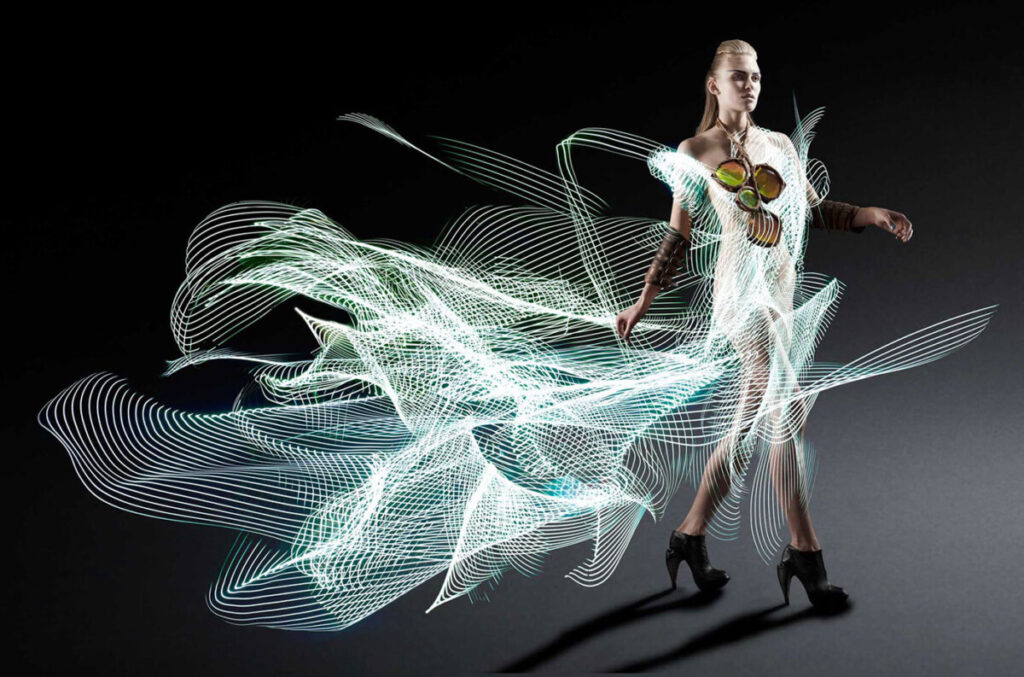
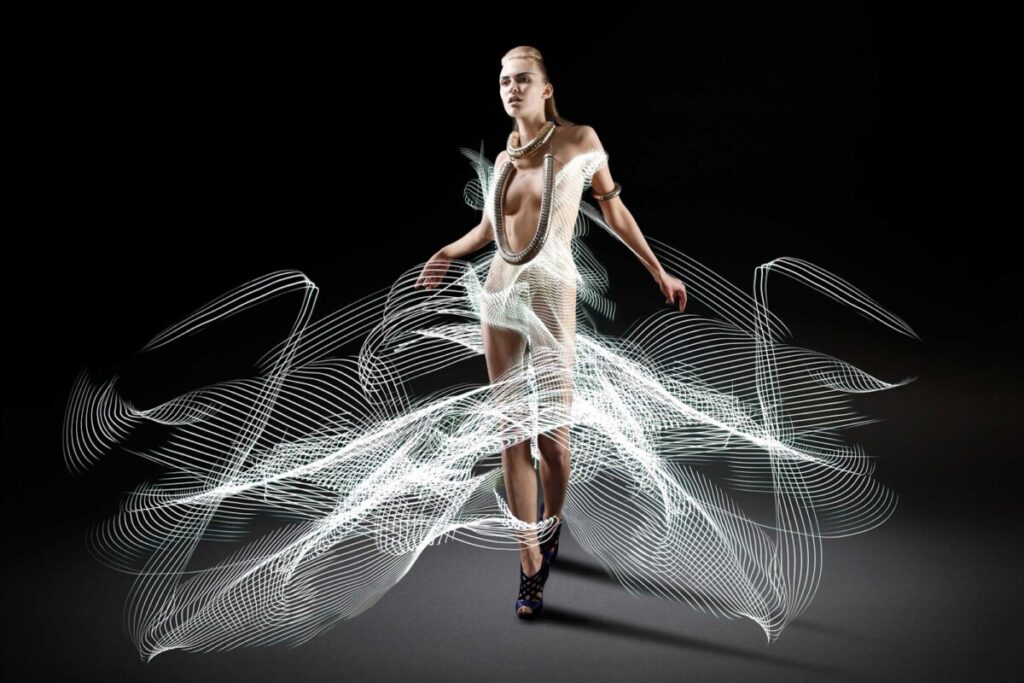
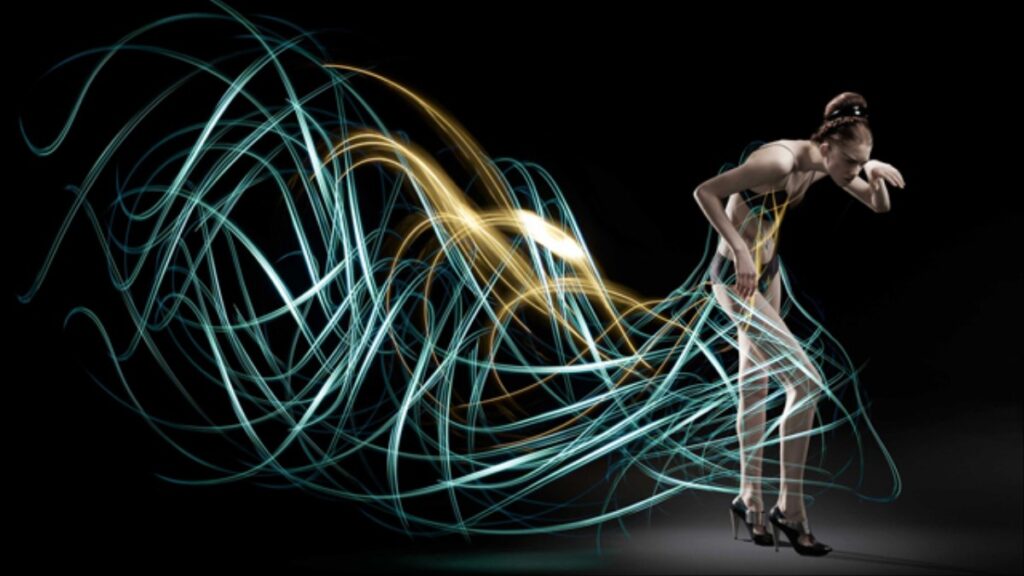
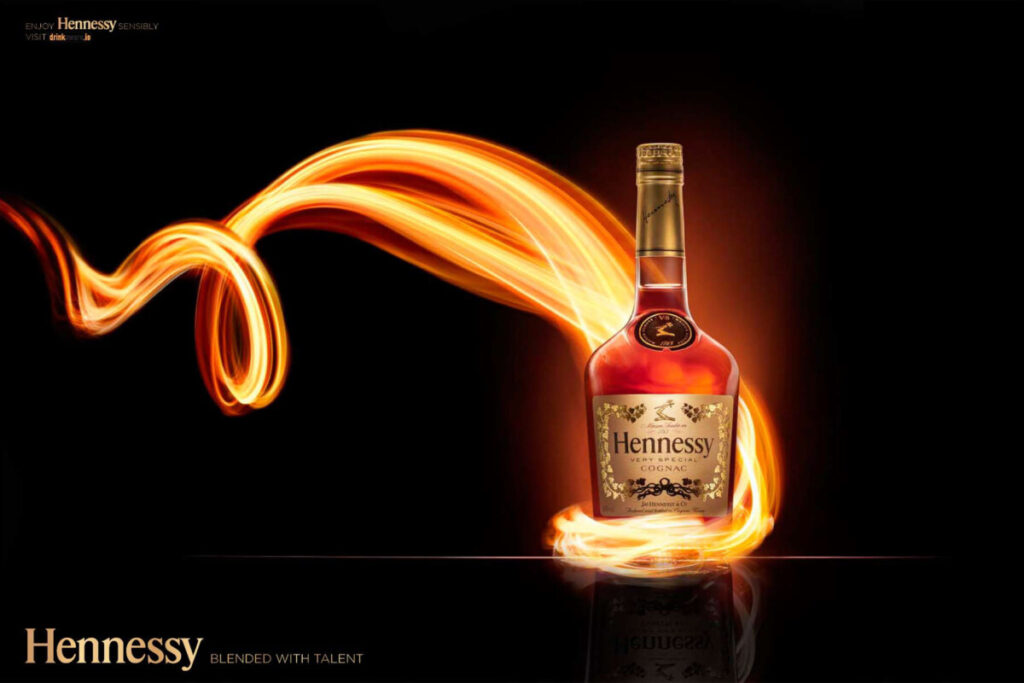
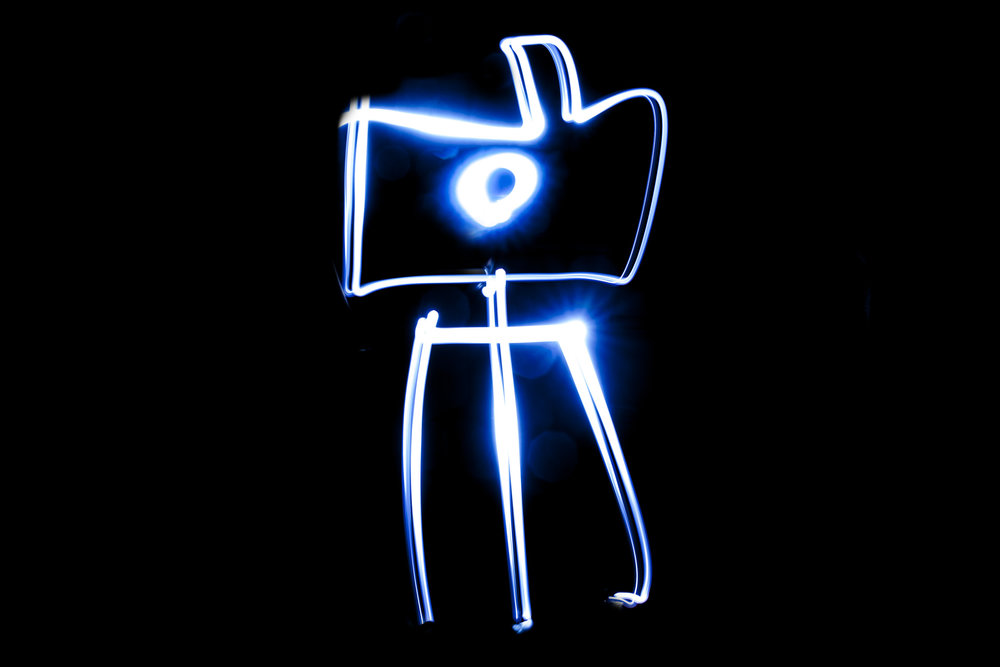
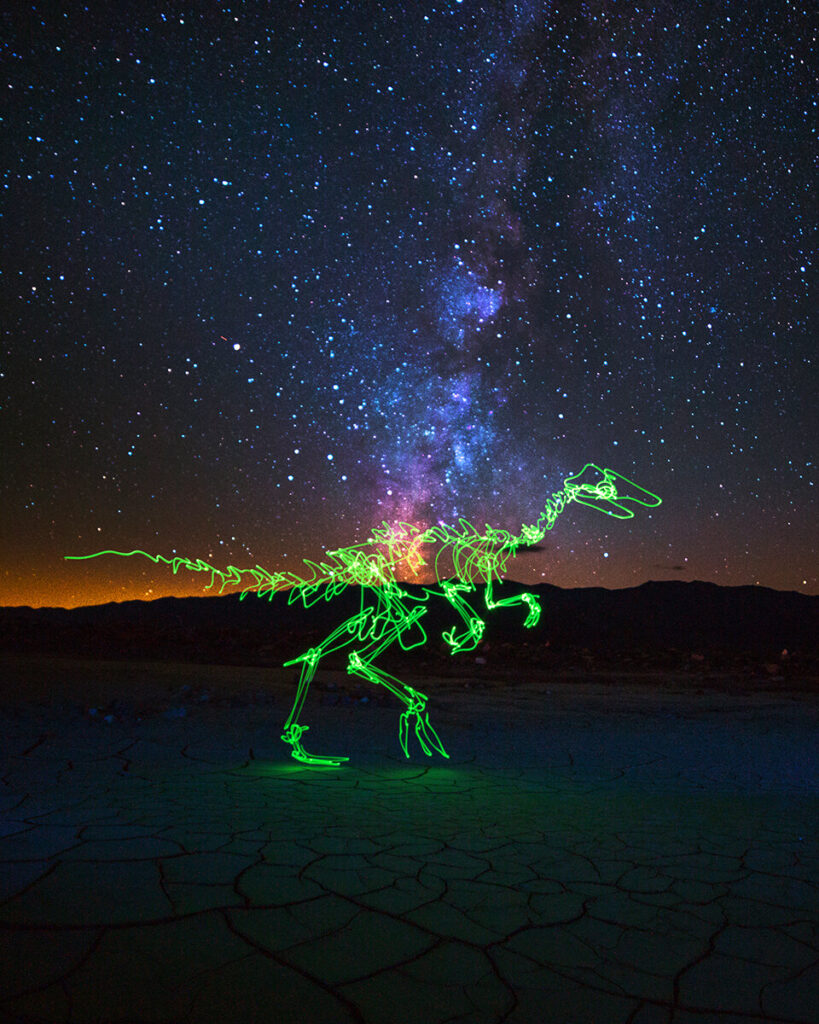
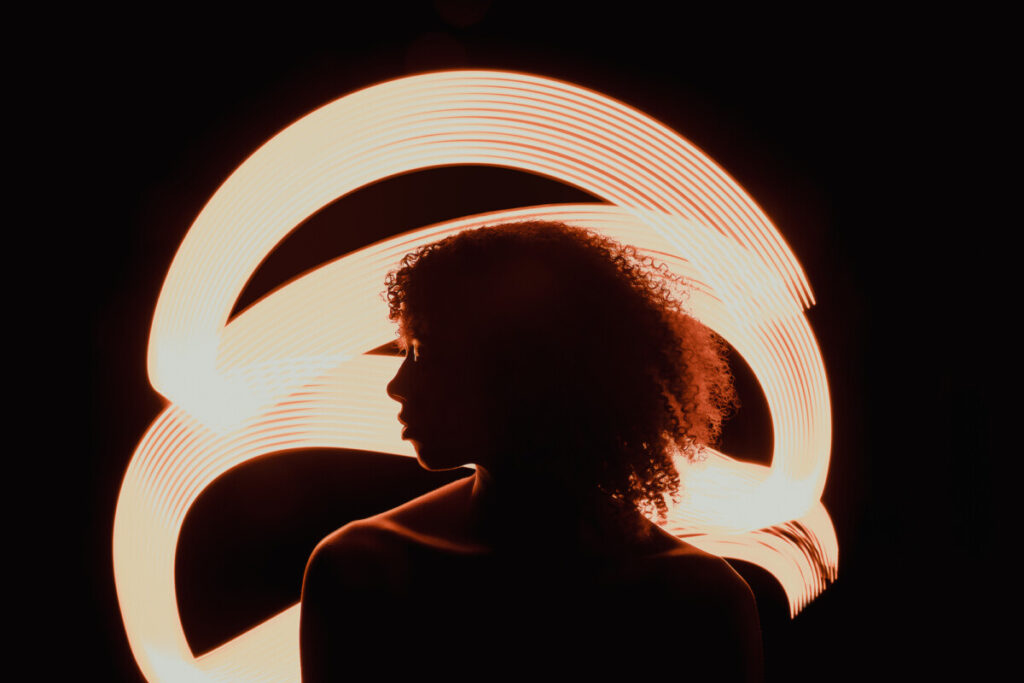
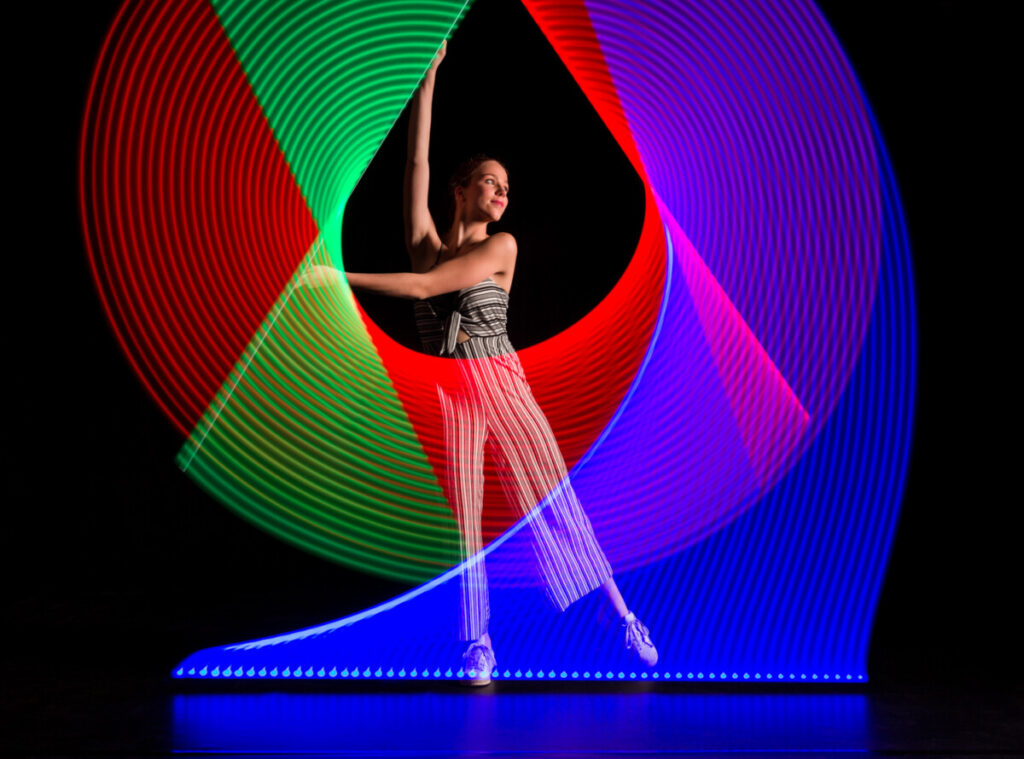
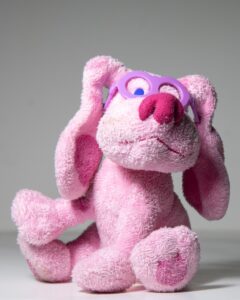




Recent Comments